Retro Replay Review
Gameplay
China Warrior offers a straightforward side-scrolling experience that feels instantly familiar to fans of classic beat-’em-ups. You control Wang, a martial artist armed with just three basic moves—punch, kick, and jump-kick—yet each attack can be chained into simple combos that reward timing and positioning. Enemies litter the path in predictable patterns, encouraging memorization but also offering satisfying moments when you clear a cluster of foes with a well-timed jump-kick.
(HEY YOU!! We hope you enjoy! We try not to run ads. So basically, this is a very expensive hobby running this site. Please consider joining us for updates, forums, and more. Network w/ us to make some cash or friends while retro gaming, and you can win some free retro games for posting. Okay, carry on 👍)
The structure is divided into four distinct stages, each concluding with a boss fight that tests both your reflexes and your willingness to learn attack patterns. Early levels are forgiving, allowing you to practice spacing and reaction timing, but the difficulty ramps up quickly as enemy projectiles and faster adversaries enter the fray. The unyielding pace and instant-death hazards keep you on your toes, though the lack of health pickups between checkpoints can sometimes feel punishing.
Controls are intentionally minimalistic, mirroring the arcade inspirations of Kung-Fu Master. While this simplicity might frustrate players accustomed to modern combo systems, there’s a rustic charm in mastering Wang’s limited move set. Dodging, spacing, and target prioritization become your main tools, and once you adapt, the stages unfold with a satisfying rhythm that keeps you engaged despite the repetitive enemy types.
One standout aspect is how the game balances exploration within a linear design. Some walls can be broken, revealing hidden alcoves or health boosts, and occasional environmental hazards—like collapsing platforms—add a layer of risk. Though these touches are sparse, they demonstrate that China Warrior’s old-school heart still includes a few surprises to reward the attentive player.
Graphics
Visually, China Warrior makes a bold statement with oversized character sprites that dominate the screen. Wang himself towers over many enemies, lending a larger-than-life feel to every punch and kick. The backgrounds feature traditional Chinese motifs—pagodas, mountain vistas, and temple interiors—that are rendered in bright, high-contrast colors, ensuring the action always pops against the backdrop.
On the technical side, animation frames are relatively limited, so movements can appear a bit stilted compared to later generation beat-’em-ups. However, the game compensates with charming sprite detail: you can discern Wang’s flowing robes, the intricate armor of the Dark Emperor’s lieutenants, and the fiery glow of boss attacks. These visual cues are crucial for telegraphing enemy behavior, turning the simplistic animation into a functional asset.
Each of the four stages boasts its own distinct palette. The bamboo forest level bathes the screen in deep greens, while the underground temple shimmers with golds and reds. Boss arenas often incorporate dramatic lighting effects—like flickering torches or animated lava flows—that provide a cinematic touch to the otherwise minimalistic presentation. Despite hardware limitations, the art direction consistently reinforces the martial-arts theme.
While pixel purists might scoff at occasional sprite flicker or palette clashes during intense sequences, most players will admire the ambition. China Warrior’s graphical style may feel dated, but it captures the raw spirit of early arcade fighters and stands as a testament to the era’s creativity within technical constraints.
Story
At its core, China Warrior tells a classic tale of heroism: Wang, the lone Kung-Fu warrior, embarks on a perilous quest to overthrow the tyrannical Dark Emperor and liberate the people of China. The narrative unfolds through brief interlude screens between stages, where stylized portraits and minimal text set the scene for your next confrontation.
Character development is almost non-existent by modern standards, but Wang’s unwavering determination shines through in every cutscene. His stoic expressions and unwavering gaze convey a sense of righteous fury, even if there’s little in the way of backstory or personal stakes. The Dark Emperor, shrouded in shadow and flanked by grotesque henchmen, remains a suitably menacing figure until your final showdown.
While the story doesn’t stray from familiar tropes—evil overlord, heroic champion, four elemental stages—it serves its purpose. It gives each stage a thematic anchor, whether you’re storming the emperor’s fortress or battling through a lantern-lit palace. For players seeking narrative depth, the plot may feel skeletal, but for those drawn to pure arcade action, it provides just enough context to justify your relentless advance.
Moreover, the game’s sparse storytelling allows the gameplay to take center stage. There’s no lengthy dialogue trees or side quests to distract you—every jump, punch, and kick pushes you closer to the final confrontation, mirroring the urgency of Wang’s crusade.
Overall Experience
China Warrior stands as a nostalgic time capsule, delivering bite-sized martial-arts thrills in a package that’s both charmingly archaic and defiantly challenging. Its short length—just four stages—means you can complete a full run in under half an hour once you’ve mastered the routes, making it a perfect title for quick pick-up-and-play sessions or competitive high-score chases.
That brevity is a double-edged sword. Some players might crave more variety in enemy design or stage mechanics, while others will appreciate the distilled purity of its concept. If you enjoy learning enemy patterns, refining your timing, and pushing your reflexes to the limit, China Warrior rewards persistence with a palpable sense of accomplishment.
For enthusiasts of retro beat-’em-ups, this title offers a unique twist on the formula: oversized sprites, three simple moves, and a relentless pace. Modern gamers accustomed to sprawling open worlds and complex combat systems may find it rudimentary, but there’s an undeniable appeal in its unpretentious design. It’s a brisk, bruising ride through four emblematic stages, leading to a climactic clash that feels earned.
In the end, China Warrior is best experienced with an appreciation for its vintage roots. Whether you’re seeking a nostalgic trip back to the golden age of arcade fighters or you’re just curious about early console adaptations of Kung-Fu Master–style gameplay, Wang’s quest to topple the Dark Emperor remains an enjoyable, if succinct, martial-arts adventure.
 Retro Replay Retro Replay gaming reviews, news, emulation, geek stuff and more!
Retro Replay Retro Replay gaming reviews, news, emulation, geek stuff and more!
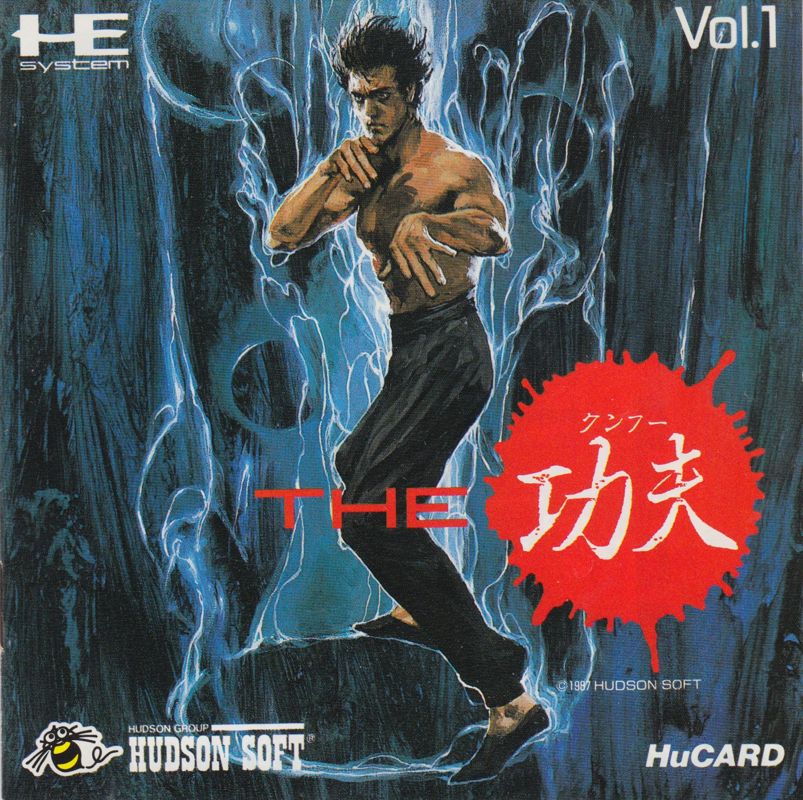
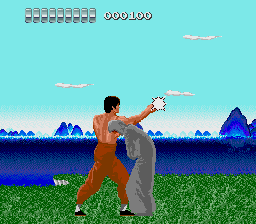
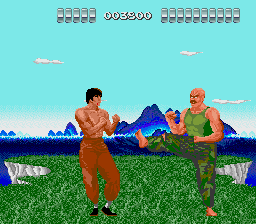
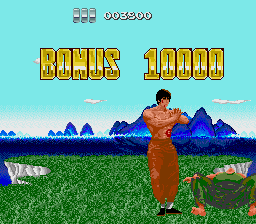
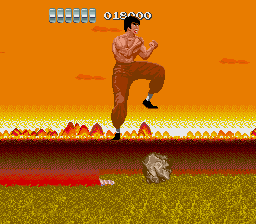


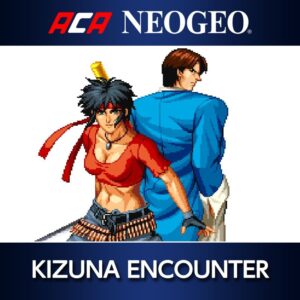

Reviews
There are no reviews yet.